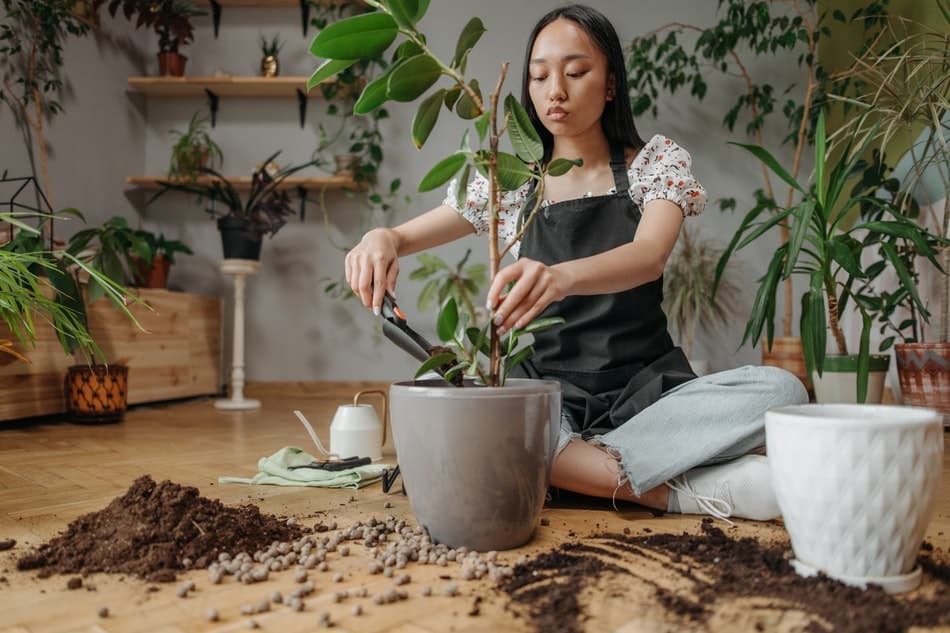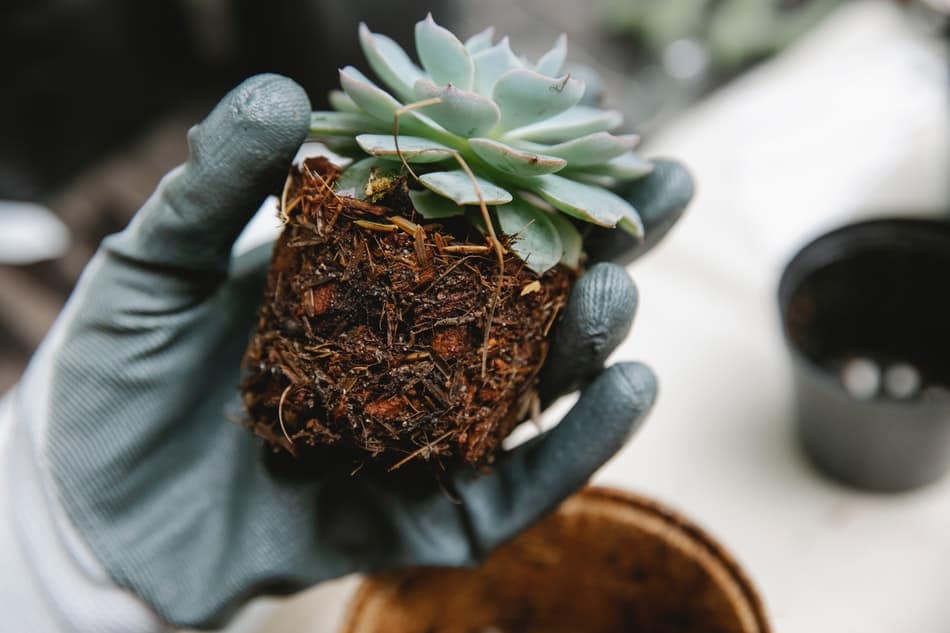One of the most common questions I get asked is when to transplant seedlings hydroponically. The answer, unfortunately, is not a simple one. It depends on a variety of factors. I will discuss some general guidelines for transplanting seedlings hydroponically, as well as some specific tips for different types of plants.
After germination, when the first two leaves have emerged, it is time to transplant your seedlings into a hydroponic system. Depending on the size of your system, you will either transplant them into individual pots or directly into the grow bed.
How Big Should Hydroponic Seedlings Be Before Transplanting?
The size of your hydroponic seedlings will depend on a few factors. The first is the type of plant you are growing. Some plants, like tomatoes, need to be transplanted when they are quite large. Others, like lettuce, can be transplanted when they are much smaller.
The second factor is the system you are using. If you are growing in a deep water culture system, your plants will likely be larger than if you were growing them in a soil-based system. This is because deep water culture systems provide more nutrients to the roots of the plants, causing them to grow more quickly.
Finally, the third factor is a personal preference. Some people prefer to transplant their seedlings when they are very small, while others like to wait until they are a bit larger. There is no right or wrong answer here, it simply depends on what you prefer.

If you are unsure of how big your hydroponic seedlings should be before transplanting, the best thing to do is to ask someone at your local garden center. They will be able to give you specific advice based on the type of plant you are growing and the system you are using. With a little bit of guidance, you will be able to transplant your seedlings with confidence!
Some plants need lots of space to grow their roots, while others don’t mind being transplanted when they’re small. It all just depends on the plant variety and your personal preference. If you’re unsure, ask for help from someone at your local garden center.
How To Transplant Hydroponic Seedlings
The best time to transplant your hydroponic seedlings is when they are around four weeks old. You will need to carefully remove them from their current system and pot them up into larger containers.
To do this, you will need to start by preparing the new pots or containers that you will be using. Fill them with a high-quality growing medium such as coco coir or perlite. Once the pots are filled, make sure to water them thoroughly so that the growing medium is nice and moist.
Next, it’s time to remove the seedlings from their current system. Gently loosen the roots and then carefully lift them out of the container. Try not to damage the roots too much as this can stress the plant.
Once the seedlings are out of their current system, it’s time to transplant them into their new pots. Gently place them into the pot and then backfill with the growing medium. Water the plants well and then place them under grow lights.
Make sure to keep an eye on your plants over the next few days and weeks. They may go through a bit of shock after being transplanted, but as long as you take care of them they should recover quickly and continue to thrive.

Tips For Transplanting Seedlings Hydroponically
When it comes to transplanting seedlings hydroponically, there are a few things you need to keep in mind. Here are five tips to help you get started:
- When transplanting lettuce, make sure that the roots are completely submerged in water. Lettuce is a very delicate plant and can easily be damaged if not handled carefully.
- For tomatoes, make sure that you replant them at the same depth they were originally planted at. If you replant them too deeply, they may not get the proper amount of sunlight and their growth will be stunted.
- Peppers also need to be transplanted carefully, making sure not to damage their delicate roots. It is best to transplant them into a slightly larger container so that they have room to grow.
- Eggplants need to be transplanted when they are still small, as they will not do well if their roots are disturbed. Make sure to replant them in a well-draining pot or tray so that they do not become waterlogged.
- Finally, cucumbers need to be transplanted when they are about four weeks old. Cucumbers are very sensitive to temperature changes, so make sure the area you transplant them into is not too hot or too cold.
Can Plants Survive Transplant Shock?
When you transplant a plant, it goes through a process called “transplant shock.” This is when the plant’s roots are disturbed, and it has to adjust to its new environment. Transplant shock can cause the leaves of a plant to wilt, and the plant may stop growing.
One of the most common questions I get asked is whether or not plants can survive transplant shock. The answer is yes, but it depends on the plant and the type of shock it experiences.
There are two main types of transplant shock: root and stem. Root shock occurs when the roots are disturbed during transplanting, while stem shock happens when the stems are damaged. Both types of shock can cause a plant to wilt, lose leaves, and stop growing.
The best way to prevent transplant shock is to be careful when handling your plants. When digging up a plant, try to keep the roots intact as much as possible. And when replanting, make sure not to damage the stems. With a little care, you can minimize the risk of transplant shock and help your plants thrive in their new home.
Conclusion
Here’s the bottom line: when to transplant seedlings hydroponically is a personal decision. There are pros and cons to both methods, so it’s important to do your research and decide what’s best for you and your plants.
Did this article help you figure out when to transplant seedlings hydroponically?
Related Articles

